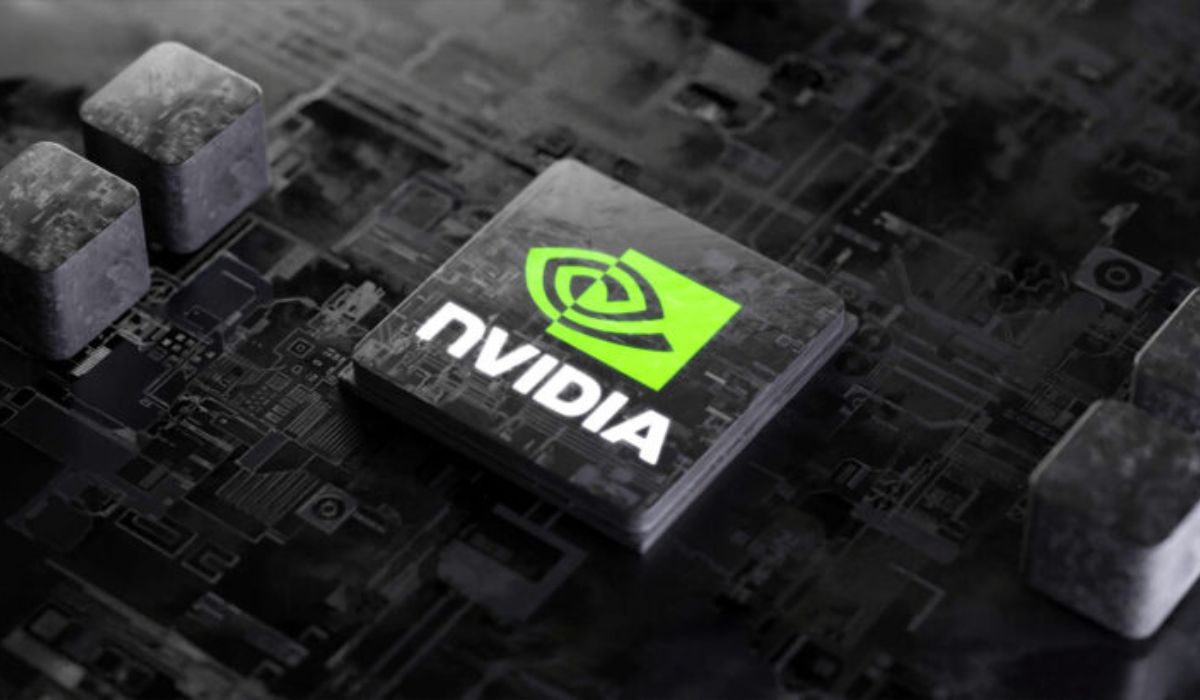In a stunning display of resilience amid a turbulent AI market, NVIDIA has reported a record-breaking revenue of $60.9 billion for fiscal year 2024. This remarkable achievement comes at a time when the tech industry is grappling with concerns about the sustainability of AI investments and the emergence of new competitors.
The semiconductor giant’s performance raises eyebrows, particularly given the recent market disruptions caused by Chinese AI company DeepSeek. The introduction of cheaper alternatives to established AI models by DeepSeek led to a brief but sharp decline in tech stocks, including NVIDIA’s. However, NVIDIA’s ability to bounce back and post such impressive numbers suggests a level of market dominance that warrants closer examination.
The Driving Force Behind NVIDIA’s Success
At the heart of NVIDIA’s financial triumph lies its data center business, which has experienced explosive growth. The company reported a staggering $35.6 billion in data center revenue for Q4 2024 alone, marking a 93% increase year-over-year. This surge is primarily attributed to the high demand for NVIDIA’s AI-focused hardware, particularly its advanced GPUs and the newly launched Blackwell AI supercomputers.
NVIDIA’s CEO, Jensen Huang, has touted the “amazing” demand for Blackwell chips, citing advancements in reasoning AI as a key driver. However, it’s worth questioning whether this demand is sustainable in the long term, especially as companies struggle to realize value from their AI initiatives.
Market Volatility and Competitive Pressures
While NVIDIA’s financial results are undoubtedly impressive, they come against a backdrop of significant market volatility. The company’s stock price experienced turbulence throughout 2024, with a notable drop following DeepSeek’s emergence. Although the stock recovered to end the year strong, this volatility serves as a reminder of the fragile nature of the AI market.
The rise of competitors like DeepSeek has introduced new challenges to NVIDIA’s market position. While NVIDIA has managed to maintain its leadership thus far, the long-term impact of these new entrants remains to be seen. The company’s ability to continue innovating and differentiating its products will be crucial in fending off competition.
Addressing Industry Challenges
NVIDIA’s success comes at a time when the AI industry faces several critical challenges:
Return on Investment: Many companies are struggling to achieve and scale value from their AI investments, with reports indicating that up to 74% of companies face difficulties in this area.
Energy Consumption: The high power requirements of AI systems have raised concerns about sustainability and operational costs.
Data Quality: There are growing worries about the potential for AI-generated content to degrade the quality of training data.
NVIDIA claims to be addressing these issues through the development of more efficient chips and improved software tools. However, it remains to be seen whether these efforts will be sufficient to alleviate the broader industry concerns.
Future Outlook and Projections
Looking ahead, NVIDIA projects Q1 2025 revenue of around $43 billion, signaling continued growth expectations. This optimistic outlook raises questions about the company’s ability to sustain such rapid expansion, especially in light of broader market uncertainties.
| Key Financial Metrics | FY 2024 | Year-over-Year Growth |
|---|---|---|
| Total Revenue | $60.9B | Significant increase |
| Data Center Revenue | $35.6B | 93% (Q4 2024) |
| Q1 2025 Projection | $43B | 65% (expected) |
While these numbers are undoubtedly impressive, they also set a high bar for future performance. As the AI market continues to evolve, NVIDIA will need to navigate increasing competition, regulatory scrutiny, and the challenge of maintaining its technological edge.
In conclusion, NVIDIA’s record-breaking revenue in the face of market turbulence is a testament to its current dominance in the AI chip market. However, the rapidly changing landscape of AI technology and the emergence of new competitors suggest that maintaining this position will require continued innovation and adaptation. As the industry watches NVIDIA’s next moves, questions about the sustainability of AI investments and the long-term viability of current growth rates remain at the forefront of investors’ minds.


















